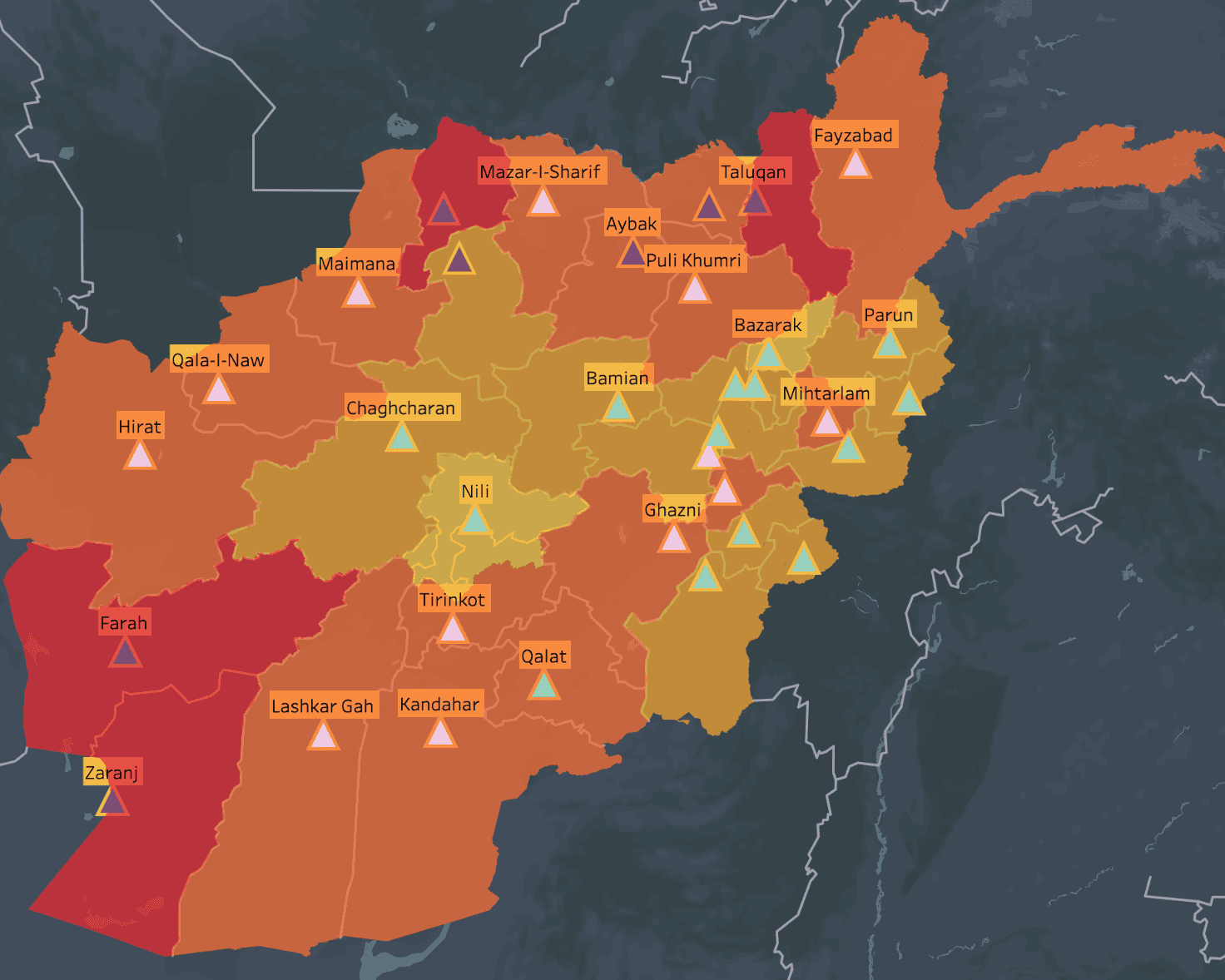
Farah City, Pul-i-Khumri fall to the Taliban
Eight of Afghanistan’s 34 provincial capitals have fallen to the Taliban in less than a week. The Taliban now fully controls four provinces; Farah, Jawzjan, Nimruz, and Takhar.

Eight of Afghanistan’s 34 provincial capitals have fallen to the Taliban in less than a week. The Taliban now fully controls four provinces; Farah, Jawzjan, Nimruz, and Takhar.
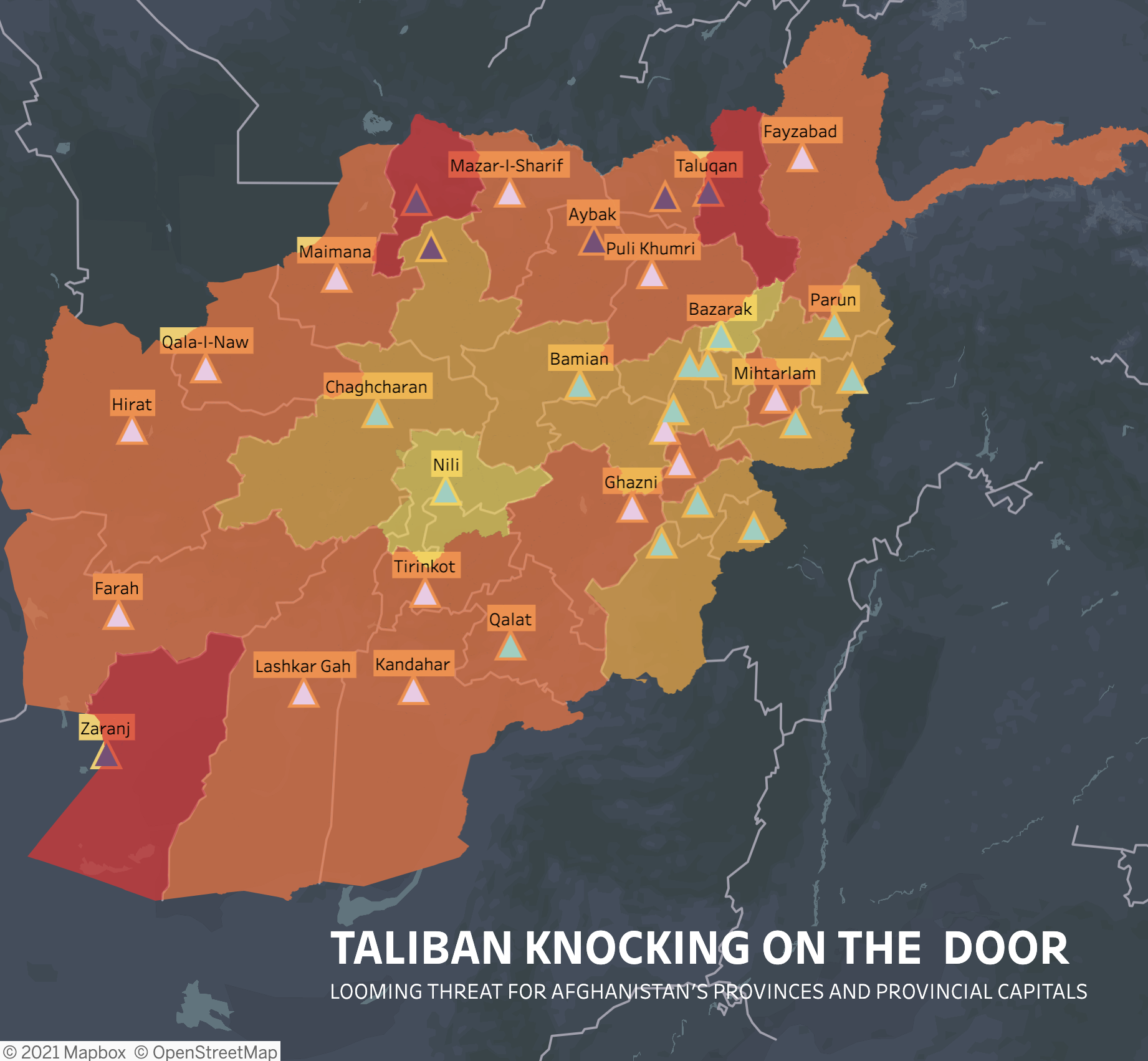
The Taliban is sweeping up northern capitals. Aybak is the fifth northern capital to fall to the Taliban in three days, and and the sixth in four days.
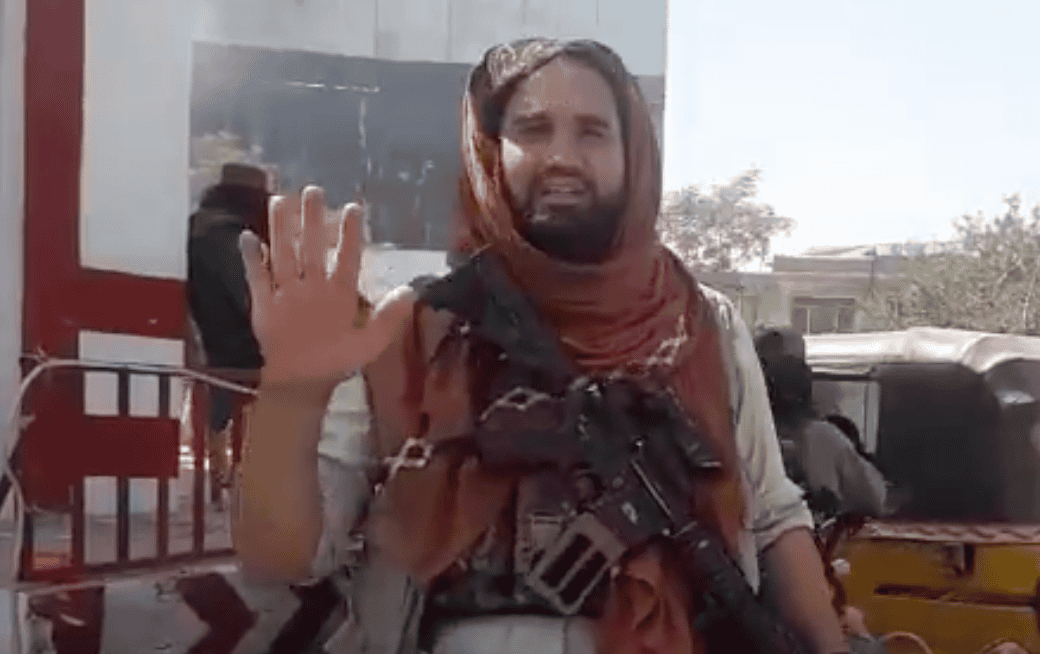
The Taliban took control of the provincial capitals of Kunduz and Sar-i-Pul cities, while Taloqan, the capital of Takhar, is under direct threat. Four provincial capitals have now fallen under Taliban control in the past three days.
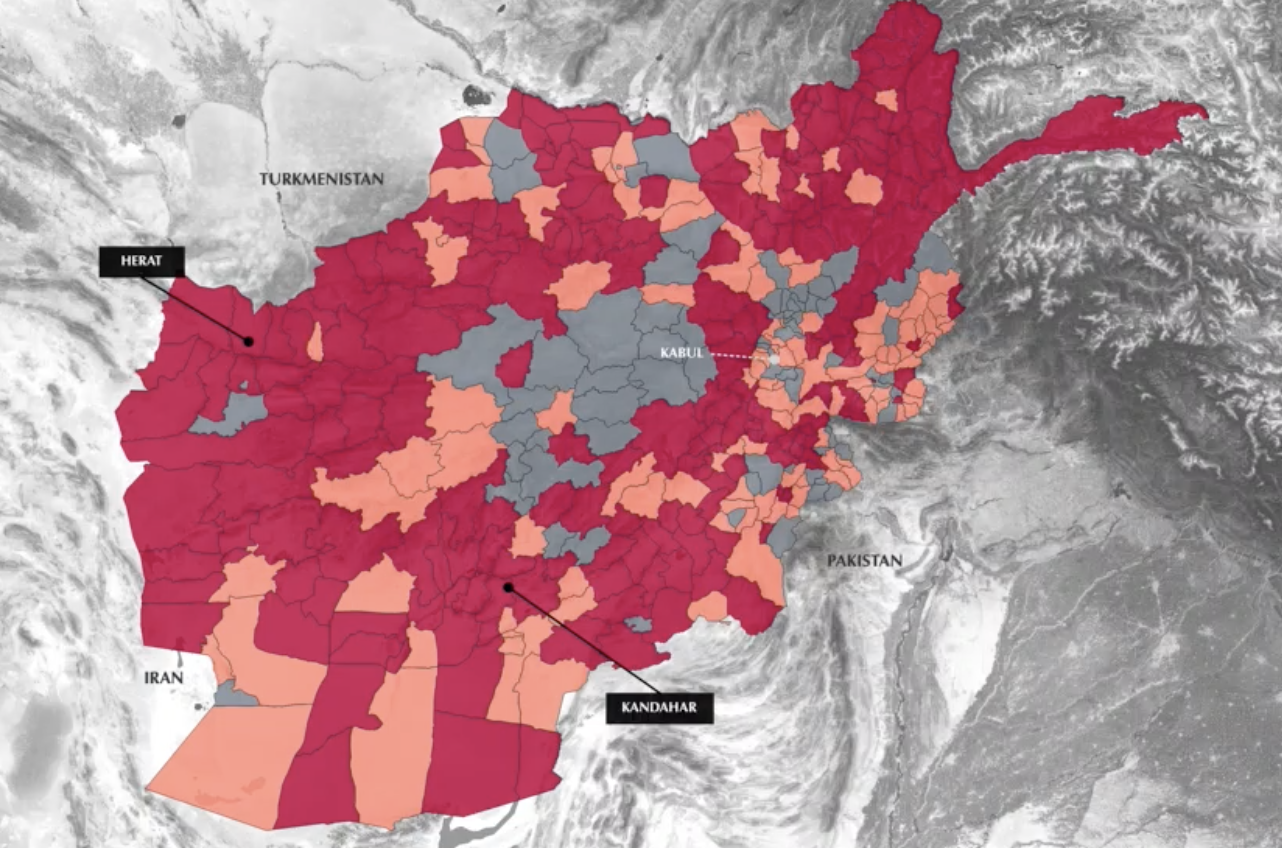
Shibirghan, the capital of the northern province of Jawzjan and the home of warlord Marshall Abdul Rashid Dostum, fell to the Taliban today.
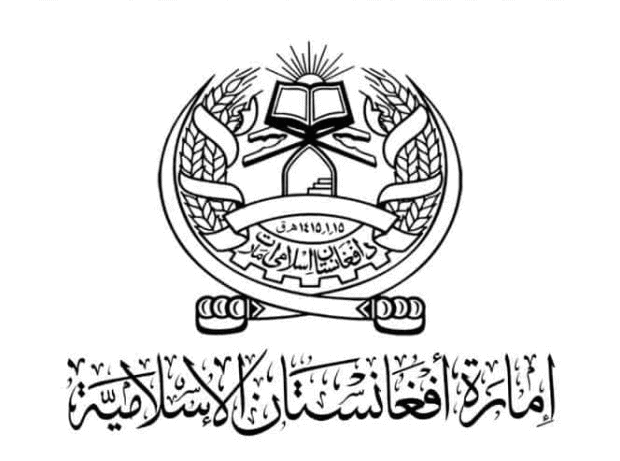
The Taliban took control of Zaranj, the capital of Nimruz province, without a fight. The western locale is the first provincial capital to fall under Taliban control since it launched its offensive across the country in May.
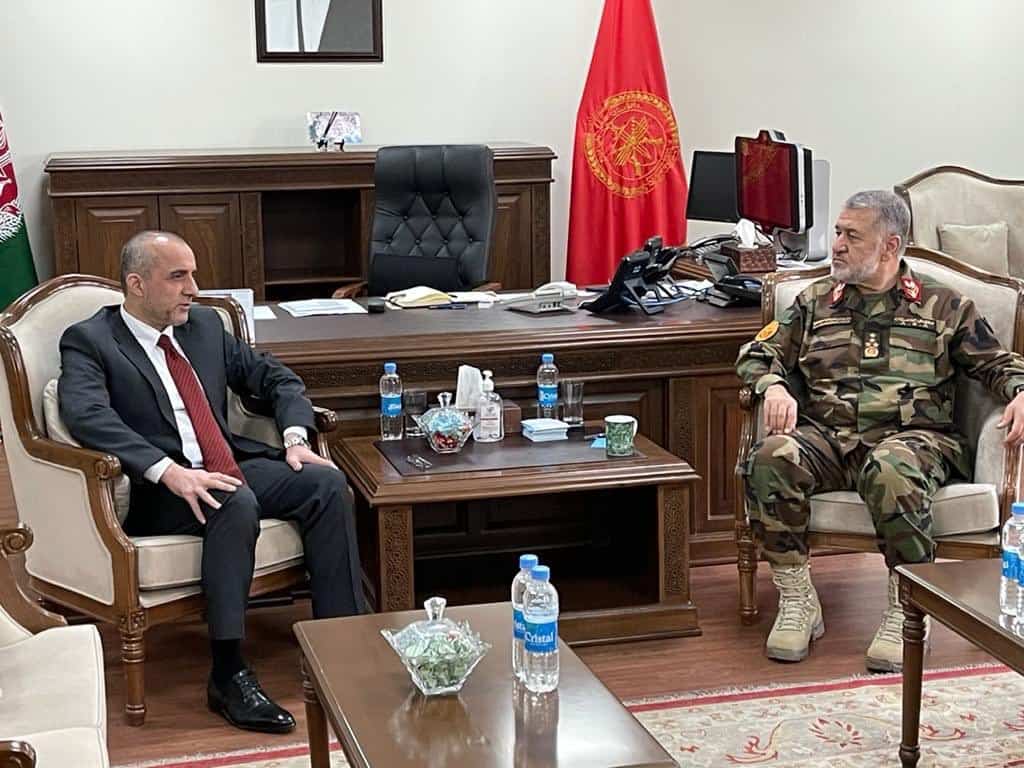
The Taliban’s martyrdom unit assaulted the home of Afghanistan’s acting Defense Minister, Bismillah Mohammadi, yesterday evening. Mohammadi survived the assassination attempt, but the Taliban vowed to continue targeting Afghan officials.
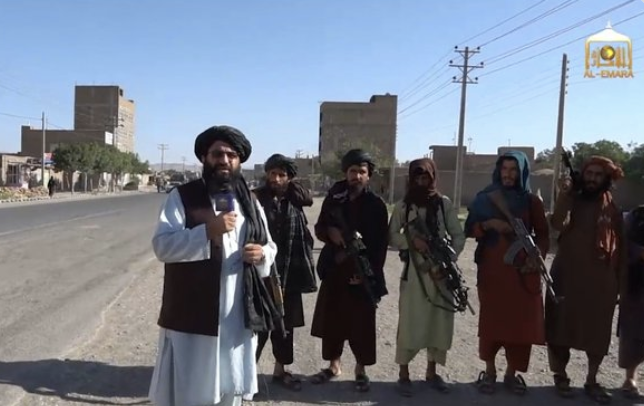
The Taliban has advanced on Lashkar Gah from the north and south, and is trying to squeeze Afghan forces in the city center. Lashkar Gah is in danger of falling to the Taliban.
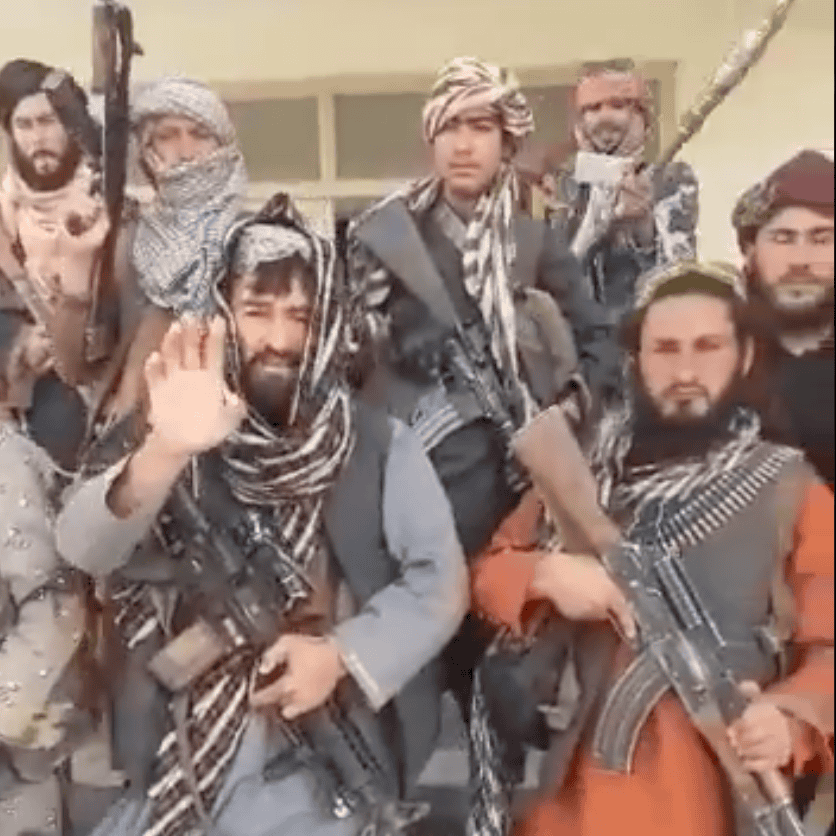
The Taliban is fighting inside Herat City, has seized control of a key district, and has taken control of the road that connects the provincial capital with the airport.
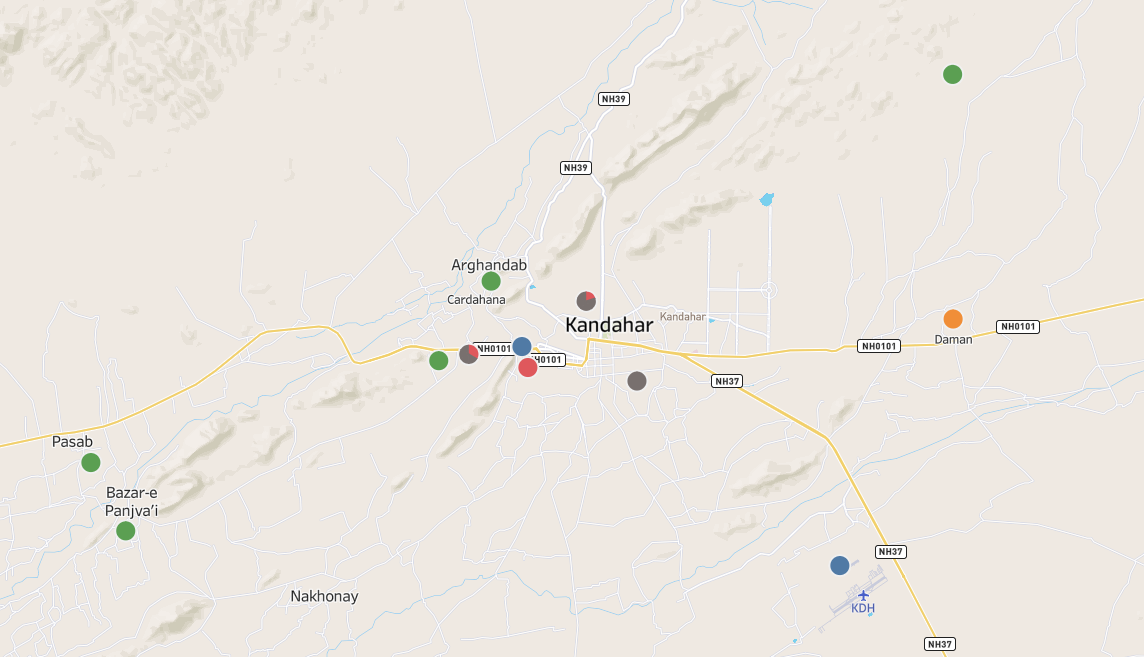
The Taliban’s rural insurgency strategy is clearly seen in Kandahar province, where the provincial capital of Kandahar City is now under direct threat of falling under Taliban control.
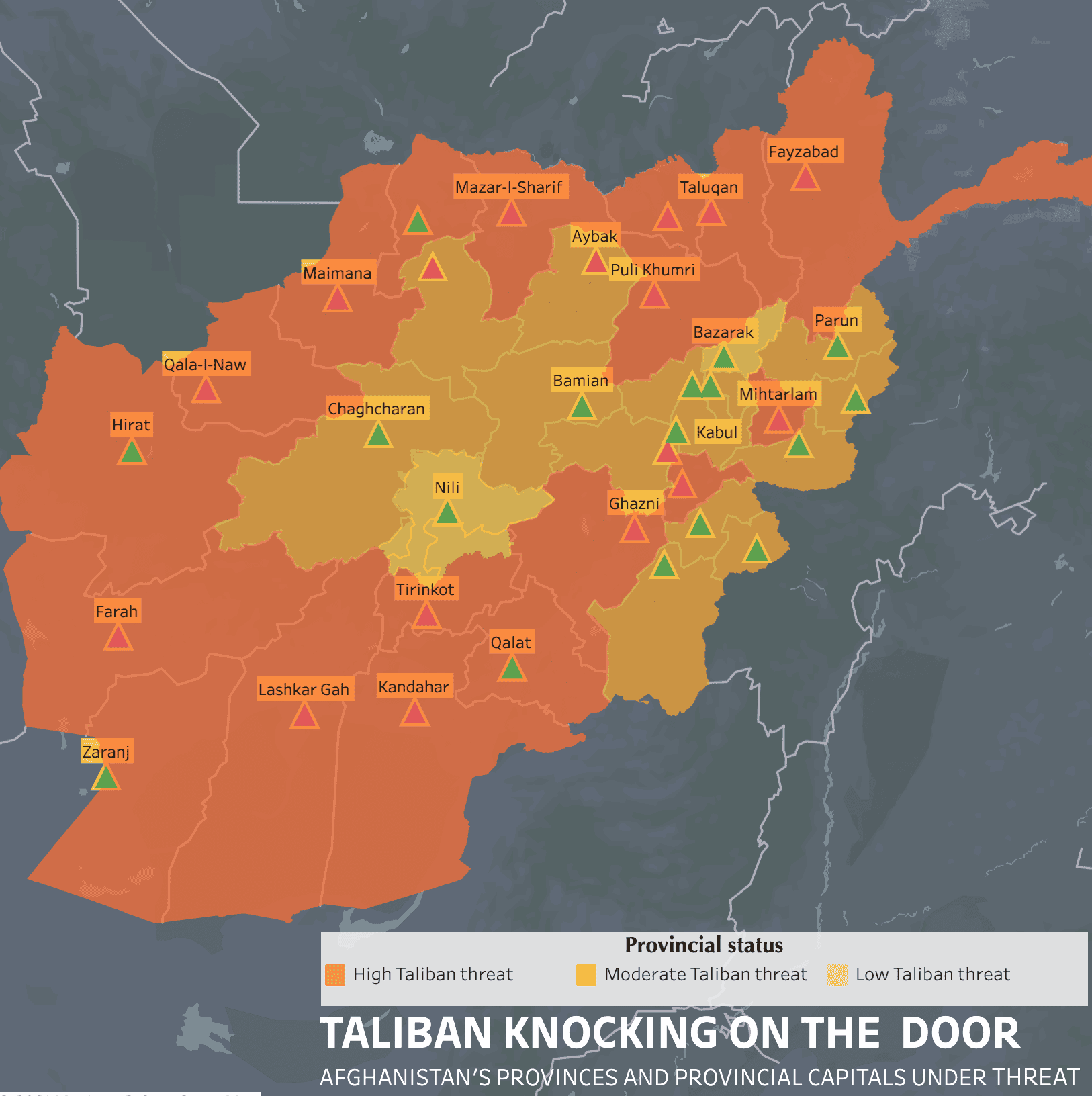
The Taliban directly threatens 17 of Afghanistan’s 34 provincial capitals, while 18 of the provinces are under direct threat of falling under Taliban control, according to an assessment by FDD’s Long War Journal.
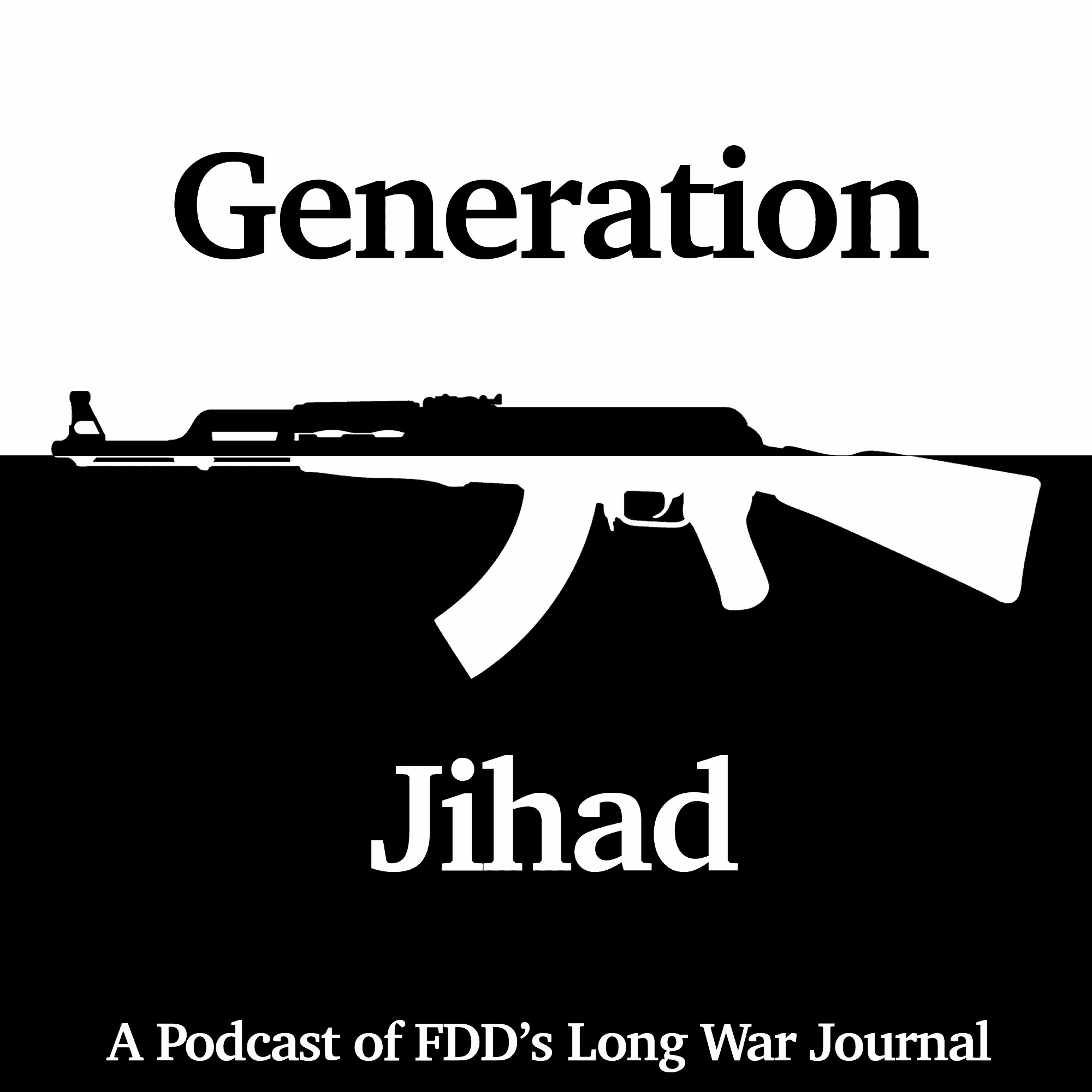
Hosts Bill Roggio and Tom Joscelyn discuss President Biden’s latest defense of the withdrawal from Afghanistan. Despite the jihadists’ significant advances since May 1, the president remains steadfastly committed to completing the American retreat. Powered by RedCircle Take a look around the globe today and you’ll see jihadists fighting everywhere from West Africa to Southeast […]

The Taliban and al Qaeda advanced throughout Afghanistan after President Biden announced the withdrawal of American and NATO forces on Apr. 14.

The Taliban’s strategy of seizing rural districts has not only allowed it to surround major cities and put pressure on population centers, it has also enabled it to squeeze the Afghan government’s revenue from goods crossing the border.
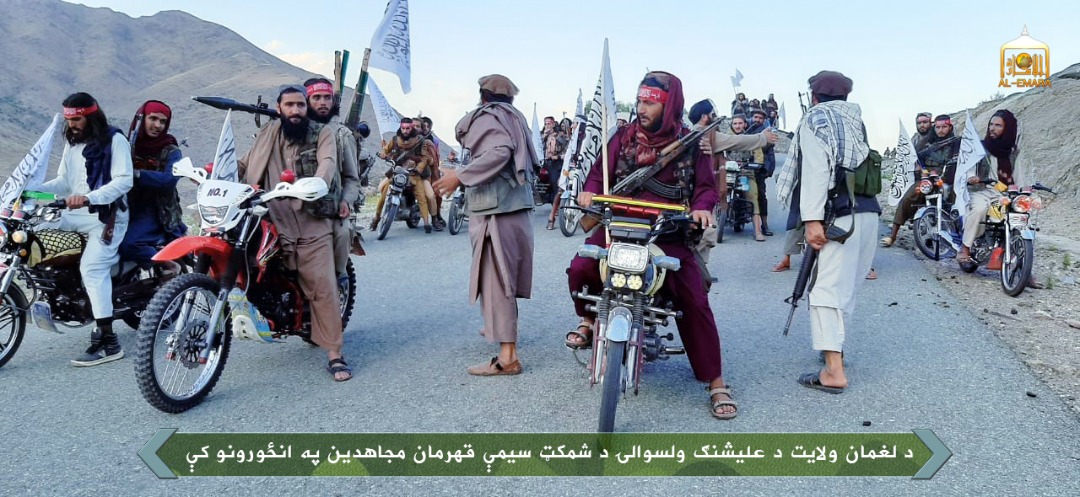
The Taliban entered Qala-i-Naw, the provincial capital of Badghis, stormed the city’s prison and freed inmates, and briefly seized control of the governor’s office and the police and National Directorate of Security headquarters before government forces counterattacked.
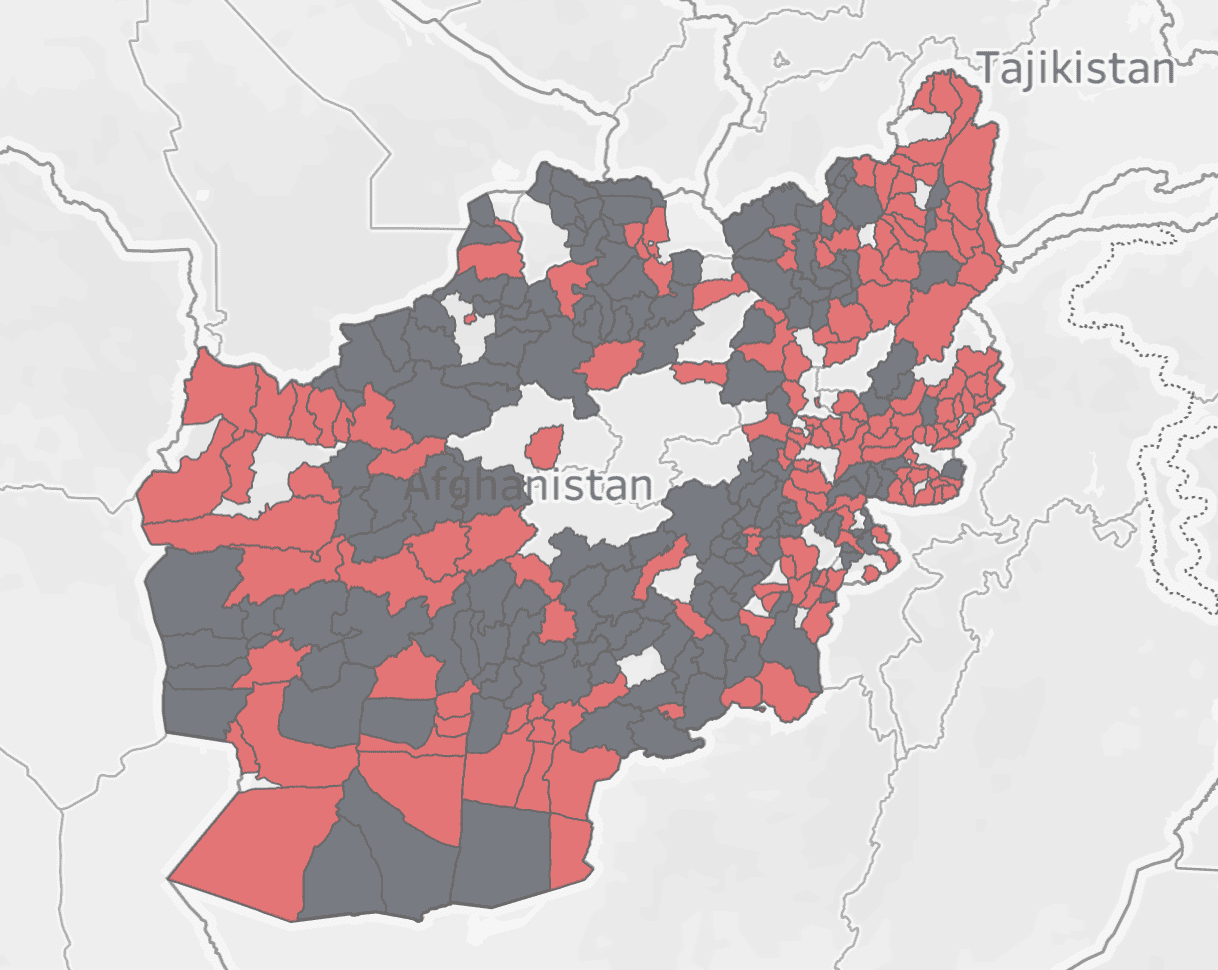
The importance of the Taliban’s northern thrust cannot be understated. If the Taliban can deny Afghanistan’s government and its backers their base of power, Afghanistan is effectively lost.

The Taliban’s multiyear strategy of gaining influence in the rural districts to pressure the population centers is paying dividends.

Hosts Bill Roggio and Tom Joscelyn discuss the Taliban’s massive offensive in Afghanistan. The campaign demonstrates, once again, that the “peace process” is a Western delusion. They also discuss how Bill’s map of the Taliban’s gains has evolved over time. Powered by RedCircle Take a look around the globe today and you’ll see jihadists fighting everywhere […]
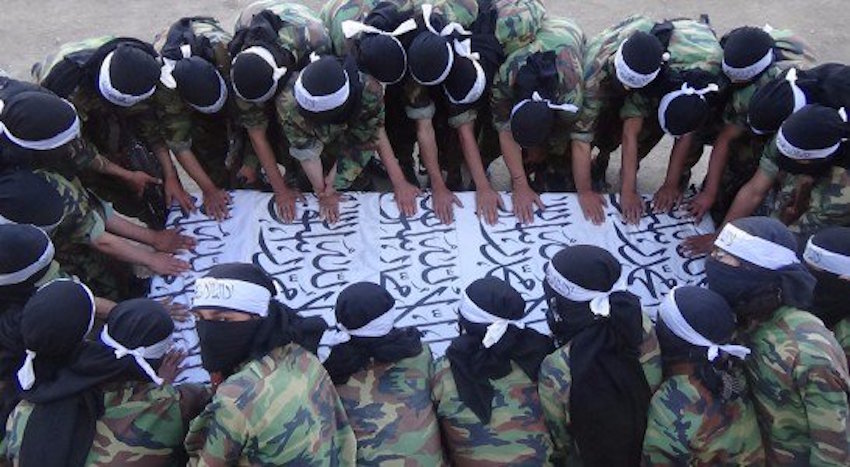
The Taliban has gone on the offensive in northern Afghanistan and is on the verge of taking control of Kunduz province if Afghan security forces cannot stay the siege of Kunduz City. Kunduz is one of eight provinces in danger of falling to the Taliban before U.S. forces are scheduled to completely withdraw in September. […]
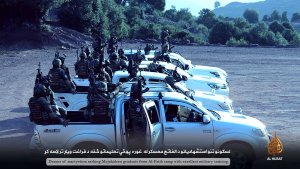
The Taliban took control of nine districts in Takhar and is fighting inside Kunduz City. The Afghan military has so far been unable to halt the onslaught, particularly in the north, where the Taliban has the momentum and is dictating the pace of the fighting.
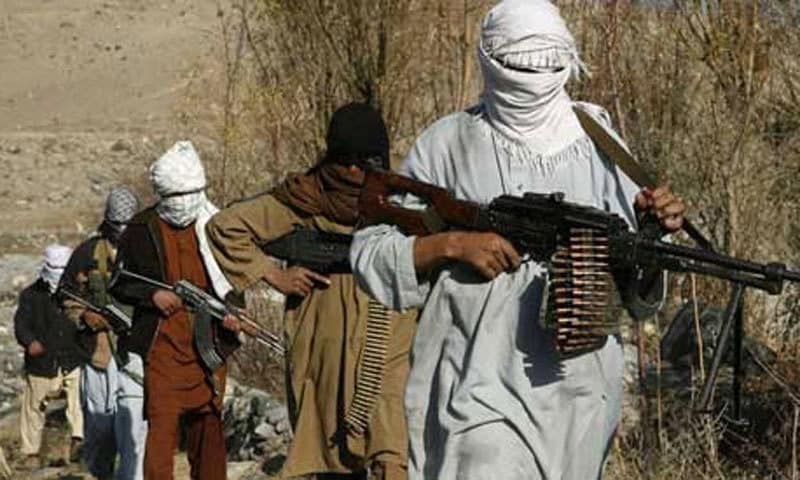
In the six weeks since the May 1 deadline for U.S. troops to withdraw from Afghanistan, the Taliban has seized control of 32 additional districts, their reach spanning half of the country’s 34 provinces.

Edmund Fitton-Brown joins hosts Tom Joscelyn and Bill Roggio to discuss his team’s most recent report on Afghanistan. Fitton-Brown is a former British diplomat. He is currently coordinator of the U.N. Analytical Support and Sanctions Monitoring Team concerning the Islamic State, al-Qaeda, and the Taliban. Powered by RedCircle Take a look around the globe today […]
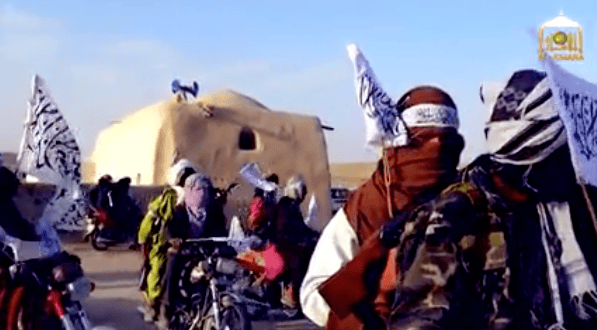
The disbursed locations of the Taliban attacks will force the already strained Afghan military to divide its forces if it wants to retake the districts.

Hosts Tom Joscelyn and Bill Roggio discuss the basic epistemological problems that plague analyses of al Qaeda nearly 20 years after 9/11. Powered by RedCircle Take a look around the globe today and you’ll see jihadists fighting everywhere from West Africa to Southeast Asia. They aren’t the dominant force in all of those areas, or […]
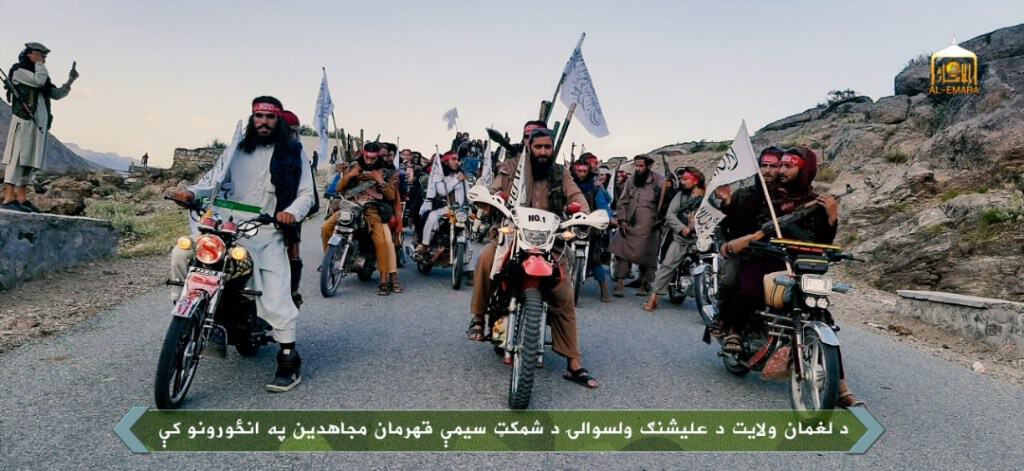
The United Nations Analytical Support and Sanctions Monitoring Team reports that as of April 2021, the Taliban contests or controls “an estimated 50 to 70 per cent of Afghan territory” and exerts “direct control over 57 per cent of district administrative centres.” LWJ’s analysis of the security situation is very similar.

The Afghan military targeted Al Qaeda’s network in four different districts in Helmand province over the past month. Al Qaeda was operating a “training center” and fighting alongside the Taliban.
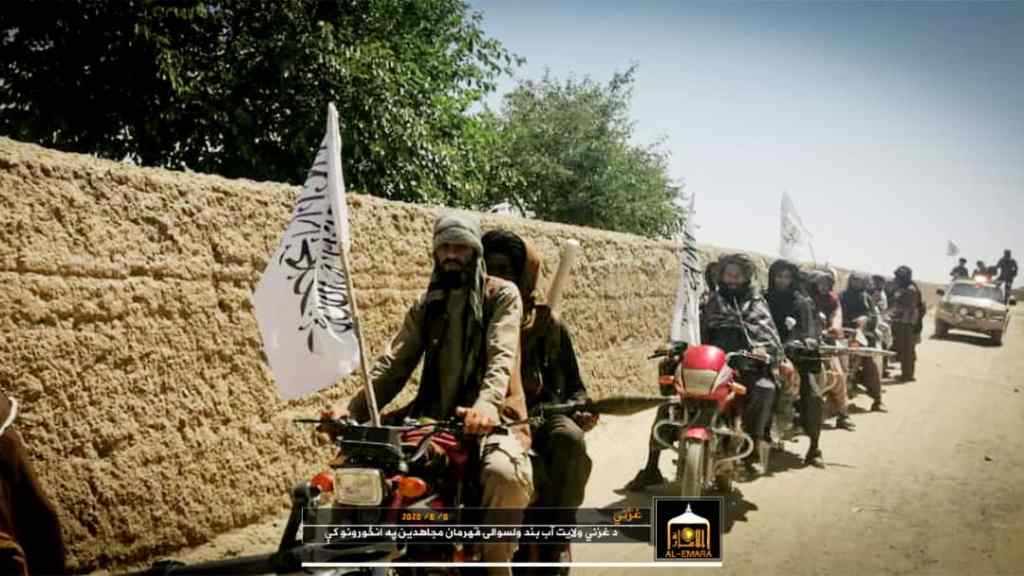
Taliban will continue to wage its war against a weakened Afghan government to resurrect its Islamic Emirate of Afghanistan. A look at how the Taliban may attempt to achieve this goal now that U.S. forces, which were unable to prevent the Taliban from seizing key rural districts, will soon be gone.
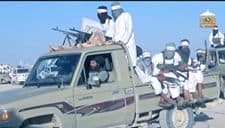
With the fall of Dawlat Shah, the Taliban now control one of Laghman’s five districts, and contest the other four. The Taliban is laying the groundwork for a potential siege of Kabul, which likely would take place if the Taliban could first secure the south and east.
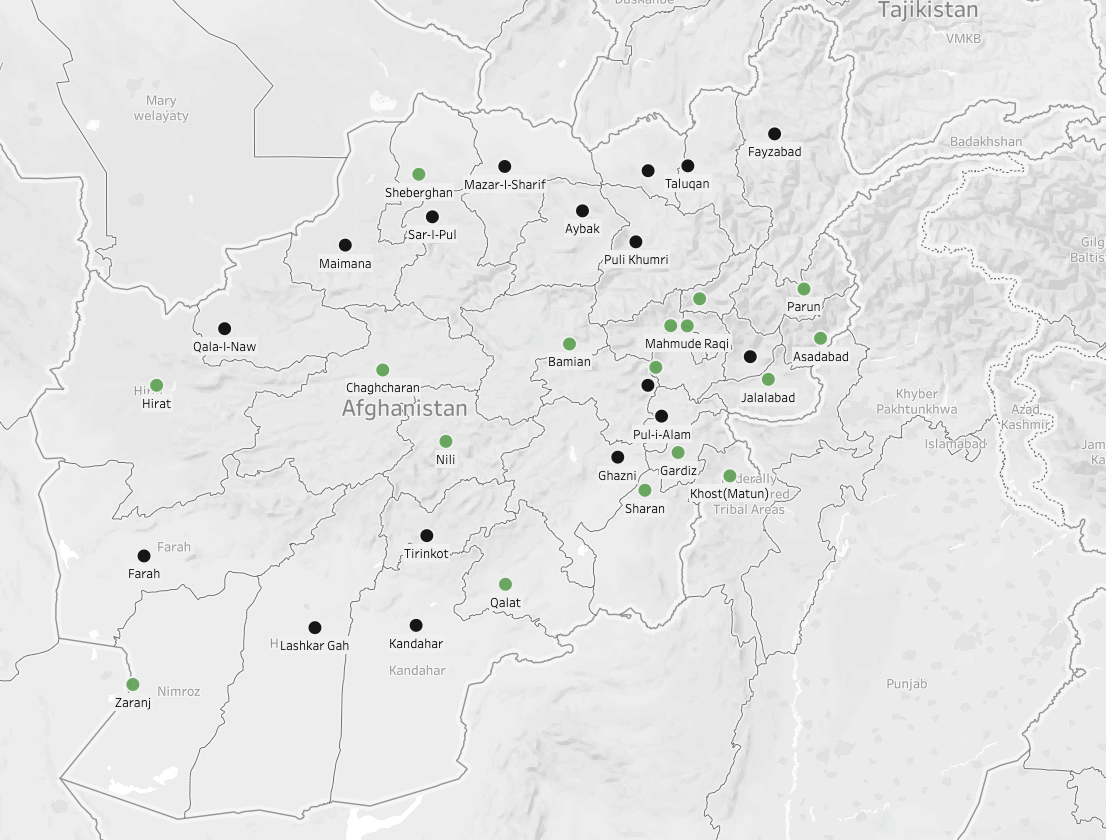
FDD’s Long War Journal has assessed that 17 of Afghanistan’s 34 provinces are under direct Taliban threat.

Hosts Tom and Bill discuss recent statements by al Qaeda concerning the conflict between Hamas and Israel. Al Qaeda has commented on Palestinian issues often, but otherwise has had little to do with the situation. Bill also discusses his updated map of the war in Afghanistan, where the Taliban has steadily made gains. Powered by […]
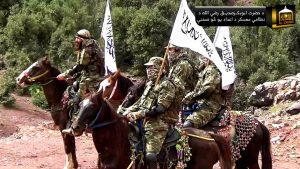
The number of Afghan districts controlled and contested by the Taliban has nearly doubled since early 2018. With the withdrawal of U.S. airpower and special operations forces, the Taliban is poised to take over large regions of the country.